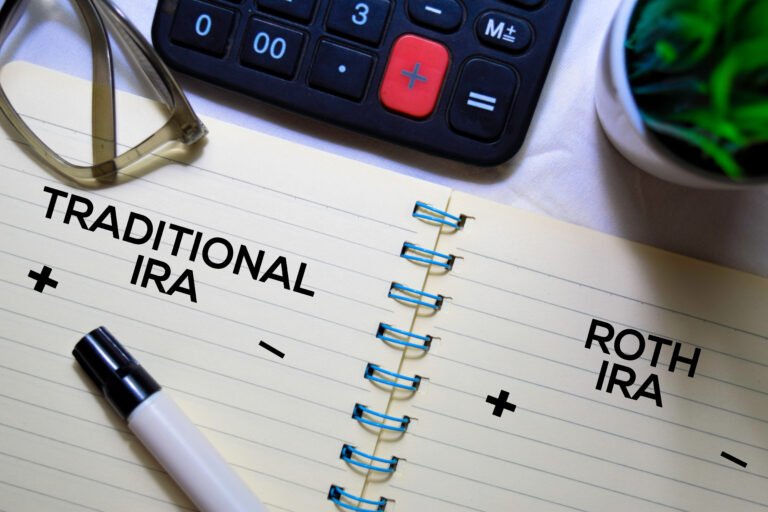The onset of the pandemic in 2020 inspired many individuals to be more generous with their charitable giving. According to a recent Giving USA Report released in June, individuals gave an estimated $309.66 billion to charities in 2020. This was a 4.7% increase from 2019 and was the 2nd highest total dollar amount ever recorded.
It is obviously a great sight to see individuals give their hard-earned money to causes or charities that they care about. However, advisors can’t help but cringe when someone misses an opportunity to give in a tax-efficient manner. There are several ways to give the same dollar amount to a charity and reduce your income tax bill. This blog will shed light on different charitable giving strategies you may not be aware of.
Appreciated Securities
One of the most common mistakes advisors see is when clients sell a stock with the sole intention of turning the cash proceeds over to a charity. Gifting appreciated securities to the charity first accomplishes your philanthropic goal while also eliminating the capital gains tax generated when you sell the stock. The charitable organization that receives your appreciated securities is a tax-exempt entity and pays no income tax on the sale of the stock after it has been transferred.
Charitable Bunching
In general, taxpayers can deduct the larger of their standard deduction or their itemized deductions on their income tax return. Charitable contributions are one of several itemized deductions. After the Tax Cuts and Jobs Act of 2017 nearly doubled the amount of the standard deduction, the percentage of taxpayers able to itemize fell to 12% in 2017, down from ~ 30% in years prior. With a standard deduction out of reach for more households, this meant less people were motivated to maintain or even increase their charitable contributions. Rather than ending gifts to your favorite charities altogether, one can group (or “bunch”) multiple years of charitable donations into one year to allow your itemized deductions to surpass the standard deduction threshold. In future years, you can opt to take the standard deduction.
Donor Advised Funds (DAFs)
A donor advised fund is an account designed to help accomplish your philanthropic goals. DAFs are commonly used in tandem with gifting appreciated securities or charitable bunching strategies. When you transfer cash or securities into a DAF, you get an immediate income tax deduction in an amount equal to the fair market value of the items transferred. The funds can remain in the account indefinitely, growing tax-free, while you decide where to donate them. The main advantage of a DAF is the control you maintain over the assets until you donate them.
Qualified Charitable Distributions (QCD’s)
QCD’s are an option for those who are at least 70½ years old and have money in tax-deferred accounts such as traditional IRAs or 401(k)s. Because these accounts are tax-deferred, the tax law mandates that you begin taking required minimum distributions (RMDs) starting at age 72 for the remainder of your life. Each dollar you receive from these RMDs is taxed at your ordinary income tax rate.
A QCD is an election you make to direct your RMD amount directly to a charity of your choice. You are permitted to do this up to a $100,000/year limit. Rather than receiving a charitable deduction, the QCD is excluded from your income. This is especially beneficial as many retirees do not have enough deductions to itemize. This way, they can take the standard deduction while excluding a significant portion (or all) of their RMD from income.
Potential Tax Changes Looming
In addition to the proposals mentioned in our previous blog, the Biden administration has proposed to reinstate the Pease limitation. The Pease limitation, which was suspended by the Tax Cuts and Jobs Act, puts a cap on how much individuals can claim as itemized deductions – with charitable contributions being one of them. If your income exceeds a certain threshold, your itemized deductions are limited. President Biden wants to set this income threshold at $400,000. This will be something to watch as the Biden administration moves forward with its tax agenda.
One or more of these strategies may be applicable to you. Talk to your advisor to help ensure your giving strategies are accomplished in a manner that minimizes your income taxes.




